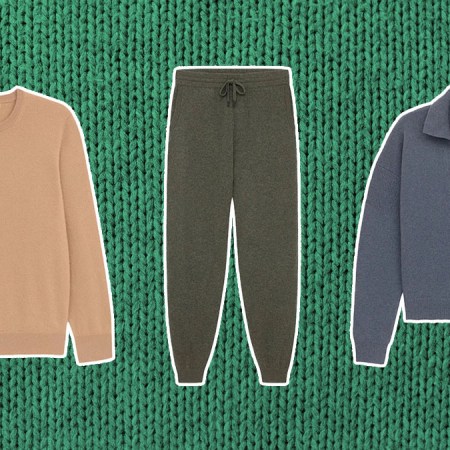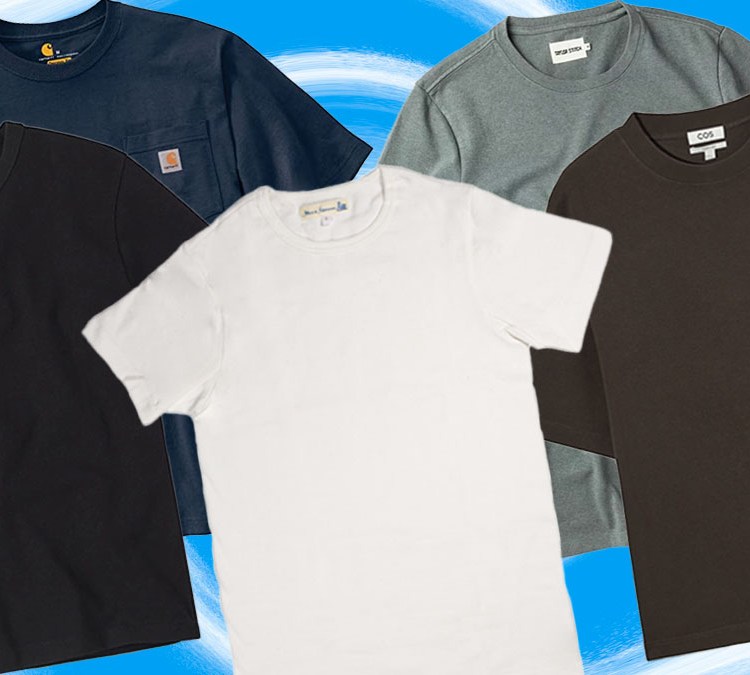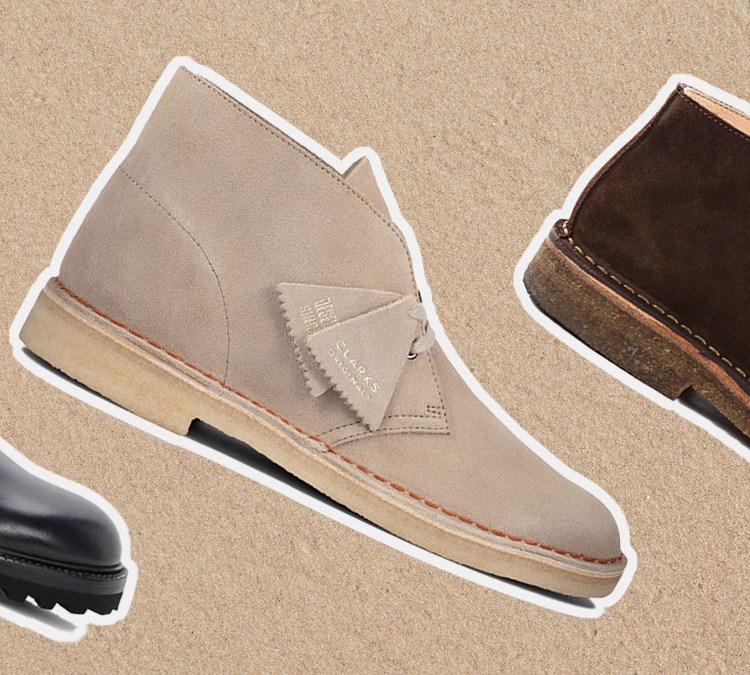I am naturally a warm person. I get to make the terrible joke that I’m a “hot body,” and everyone laughs awkwardly or acts like they didn’t hear what I said. As a person who runs hot, I also generally don’t need to bundle up until it starts dipping into the twenties or lower. The thirties aren’t exactly suntanning weather for me, but I can get away with a light sweater and a Patagonia puffer; a shirt under my Barbour is enough if it’s in the forties and there isn’t much wind; 50s and above and I can walk my dog in a pair of shorts like I’m one of those teens who go bare-legged all winter. But when the weather hit 29 and below, I’m rocking a parka.
For whatever reason — climate change — this season hasn’t really called for many parka days. I’m fine with that, to be honest. What I’m a little disappointed in besides the whole planet-is-melting thing, though, is that I haven’t felt comfortable donning what is my favorite wintertime item of clothing for especially colder days: the J. Press Shaggy Dog sweater.
The Shaggy Dog, for those that don’t know, is sort of a staple for people who want to dress like they went to Princeton or Yale in 1962. Called “everyone’s favorite Ivy sweater,” by Ivy Style a few years back, I wracked my brain to try and recall the first time I saw somebody wearing it, and yes, the adult in question had in fact gone to school in the Northeast in the LBJ days. Years later, I’d spot a picture of Mick Jagger rocking a Scottish cousin of the Shaggy — a baggy Shetland that wasn’t quite as fuzzy as the J. Press staple, but great nonetheless, especially on British rock-and-roll’s best frontman at his peak. It wasn’t quite preppy, but it also sort of was. It was the kind of look that could pass in a club but would also work on a prep-school campus or a night on the town. There are a few items of clothing that can have it both ways; a shaggy sweater is at the top of the list. And the Shaggy Dog, in my humble opinion, is the finest of them all.
There’s no real reason to write an appreciation piece for the Shaggy Dog besides the fact that said mild weather has sort of hindered my chances of putting mine on. As I write this, it’s 46 degrees in the middle of February. If I’m being honest, the Shaggy Dog is warm enough for me to just wear it, with no jacket, right now. But it won’t be comfortable unless it drops about 10 degrees. Thankfully I have a few nights in New England in my future, and the forecast calls for some single-digit nights, so I’ll be able to pull the wool over my head and wear it around to keep warm.
The real reason I’m writing about the Shaggy Dog is because I want to appreciate the crossover pieces in your wardrobe. Like I mentioned, young Jagger could probably have tossed on a potato sack and he’d look chic, but there is something about his shetland sweater and how he could wear it to play a grimy club in some sketchy part of London, but then also wear it later in some posh part of the city to hang out with models, decadent lowlifes and high-society outcasts. Again, this is Mick Jagger we’re talking about, but our closets can all use more items like that. Reliable staples. The white button-down, the blazer, a pair of chinos. These are the pieces that do for your wardrobe what The Dude’s rug did for his apartment, why he went to the ends of the earth (or at least Los Angeles) to get it back. It can tie everything together.

The Shaggy Dog, like those other pieces I mentioned, also serves another purpose: it can stand out or can be totally inconspicuous depending on how you’re feeling. People aren’t going to freak out out or name-check a Shaggy Dog or a really good Oxford from Gitman Bros. because they’re not names that are in the zeitgeist. Rather, they’re classics, and people will always regard you with a certain sense of respect when you wear them. They might not know what name is on the tag, but they can tell you put a lot of thought into what you’re wearing. I believe that goes a long way.
That’s one part of why the crossover piece works so well. The other is simply that it can do just what the name implies: cross over.
We’re so obsessed with labeling every damn thing these days. You wear Online Ceramics and people will assume they know everything about you— that you must be obsessed with John Mayer’s Instagram. Head-to-toe suiting from Drake’s and you must say things like “tut tut, old boy.” Maybe you wear all black or lots of colors (eccentric!), lots of knitwear (you must go to Europe once a year) or only T-shirts, maybe you exclusively buy denim from Japan or you’re a diehard 501 devotee. We like to say these things say something about a person, and maybe, in some cases, they do. But what if they don’t? What if someone just has a decent sense of what works for them and no matter what trends come and go, they keep recycling them incorporating certain pieces into their look?
That’s sort of where I’ve been pretty much the bulk of my adult life. I’ll spend some money on new Air Max drops and have a few streetwear pieces in my dresser. I really just dress to fit how I’m feeling when I get up in the morning, so some days a little more like a prep-school reject from 1993, other days in camo Ralph Lauren cargos with a vintage rugby shirt. Some days I like to leave a few buttons undone, other days I’ll go air tie.
For the colder months, when the temperature dips, the Shaggy Dog serves as the ultimate crossover piece of clothing. I’ve saved up and purchased a few (they’re the type of things you plan to own for years and years because they’re dependable, but also because they run $245 before tax), and there’s no more reliable garment in my wintertime rotation. Want to wear a pair of low-top Vans or Tretorns? That’s my gold Shaggy Dog. Pair of jeans and some Red Wing boots? I can do wine color or grey. Cords or slacks? I can do any of them, really. I can wear a Shaggy Dog in just about any situation — and then the situation after that.
Ultimately, what I love is a piece of clothing that doesn’t say anything about you, your interests, where you come from or what you’re into. Instead, the crossover piece speaks for itself.
This article was featured in the InsideHook newsletter. Sign up now.


















